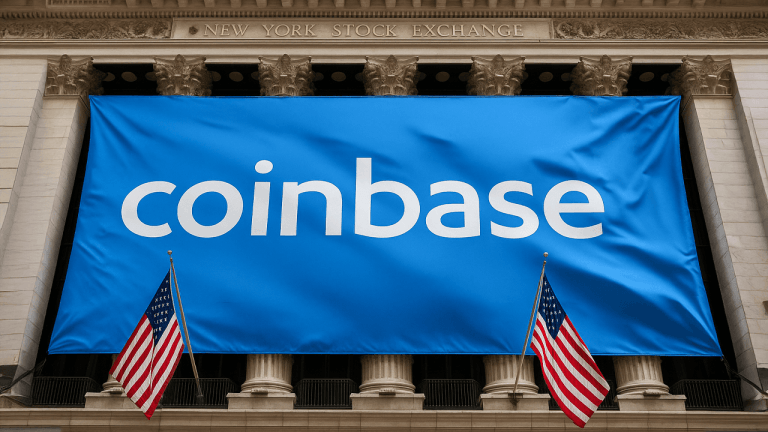Billion-dollar grant for bridge linking Wisconsin, Minnesota
2 min read

Plans to replace a decaying bridge between Wisconsin and Minnesota have advanced with
That’s about to change: Alison Premo Black, the American Road & Transportation Builders Association’s senior vice president,
Design work on the Blatnik Bridge replacement is slated to begin in 2024, and phased construction is likely to begin in 2025. The bridge will be closed for four to five years after that, according to the
Wisconsin Capital Finance Director Aaron Heintz said “it is the goal” for this federal grant — along with the $7.5 million from the omnibus and the $800 million total from both states — to cover all the costs of replacing the bridge. Without the grant, Heintz said, Wisconsin and Minnesota would have been left casting about for other federal funding sources to offset the costs of the project.
“Its impact on the project can’t be overstated,” Heintz said of the Bipartisan Infrastructure Law. “[The law] continues to make meaningful impacts on critical infrastructure improvement and replacement projects.”
State leaders welcomed the awarding of the grant, and said the team effort by both states had paid off.

Adobe Stock
In a statement Tuesday, Wisconsin Gov. Tony Evers thanked Wisconsin Sen. Tammy Baldwin, a Democrat, and his counterpart in Minnesota, Gov. Tim Walz, for “championing this project to get this done for our states.” He also thanked federal officials who worked with officials in Wisconsin and Minnesota during the grant application process. Wisconsin’s other senator, Ron Johnson, a Republican,
“I look forward to our continued work together toward ensuring our infrastructure is built to meet the needs of a 21st-century workforce and economy,” Evers said.
Walz said in a statement that he, too, is grateful: “This investment will make it possible for Minnesota and Wisconsin to rebuild a critical connection between our states that will foster regional economic growth, strengthen our national supply chains, and improve the safety and reliability of our transportation network,” he said.
Fitch Ratings assigns Wisconsin a long-term issuer default rating of AA-plus. Moody’s Investors Service rates it Aa1. Kroll Bond Rating Agency rates Wisconsin GOs AAA, and S&P Global Ratings assigns the state a rating of AA-plus.
Minnesota has been triple-A rated by all the rating agencies since 2022.







